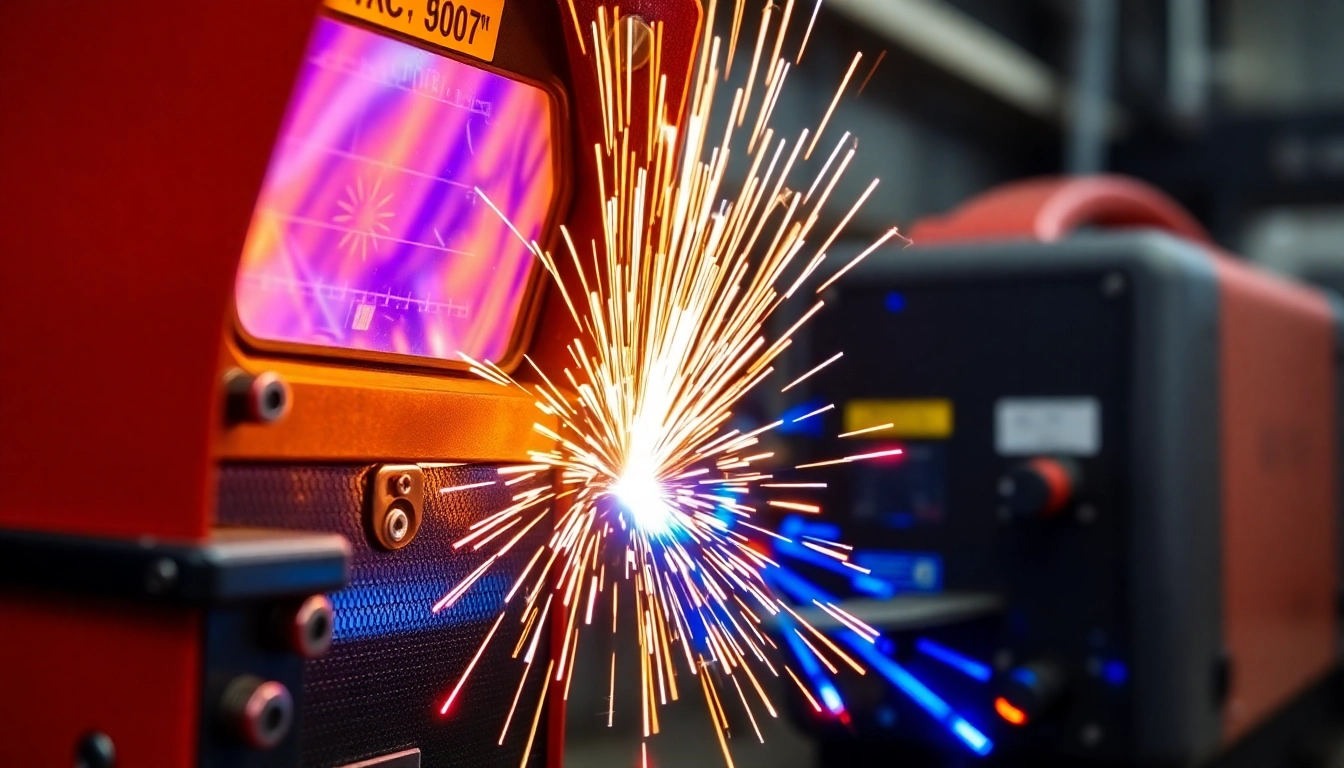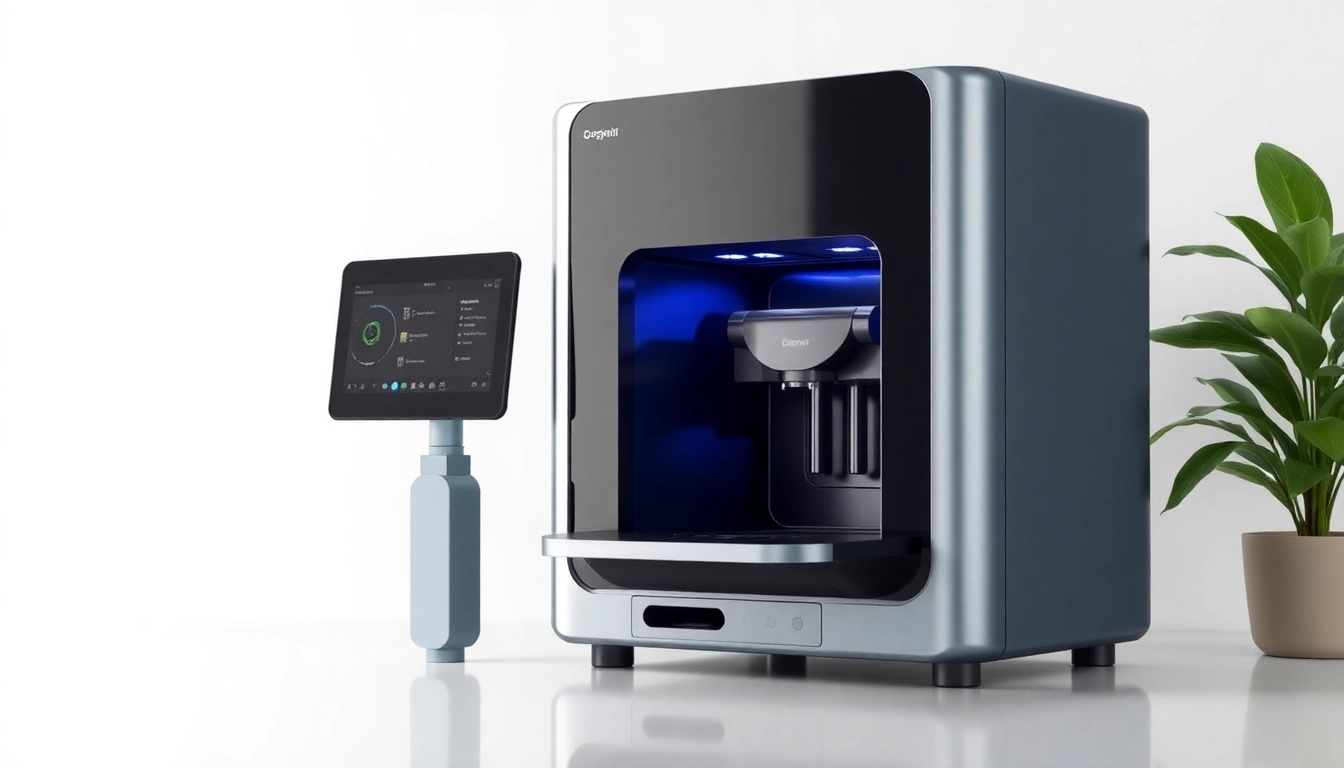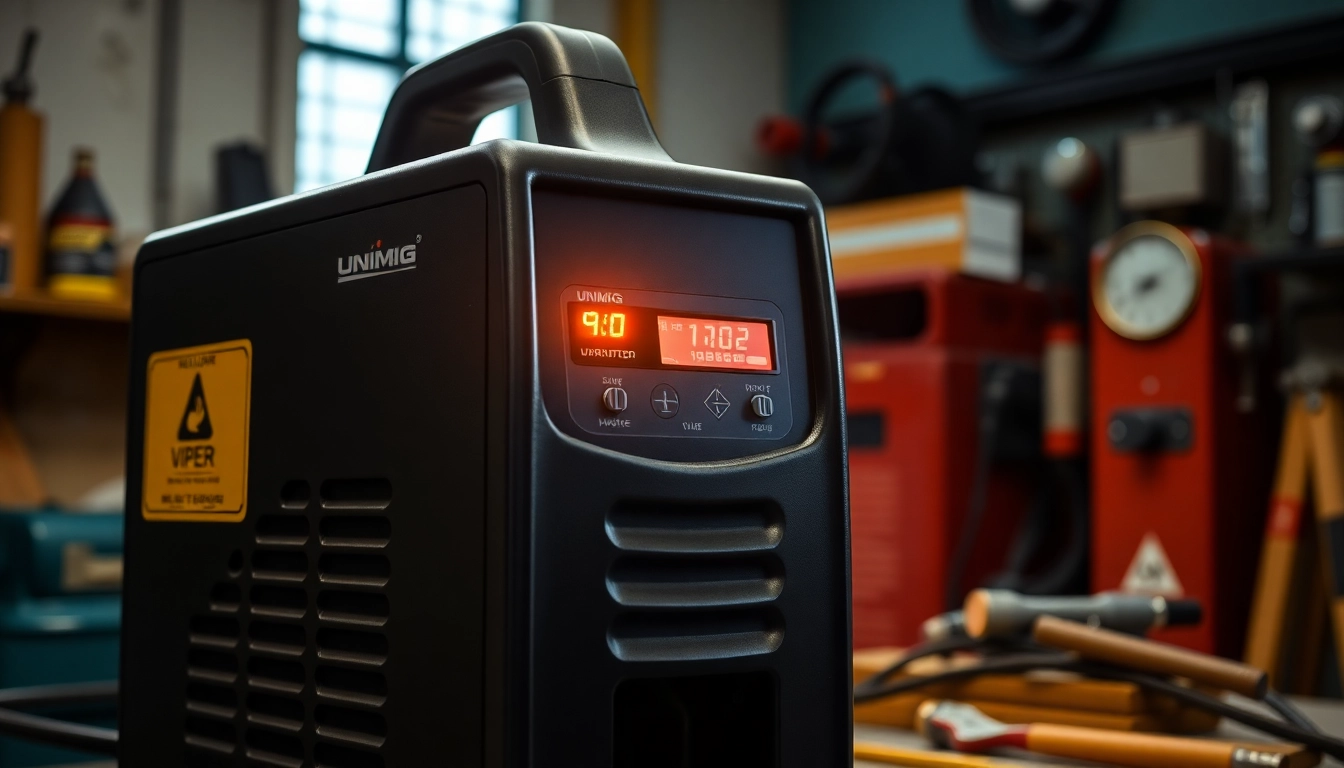Understanding AC DC TIG Welders
What is an AC DC TIG Welder?
An ac dc tig welder is a type of welding machine that can switch between alternating current (AC) and direct current (DC) settings to meet the specific needs of various welding tasks. This flexibility allows welders to work with a diverse range of materials, including aluminum, stainless steel, and mild steel.
The primary advantage of AC is its cleaning action, which is particularly useful when welding materials like aluminum. It can effectively remove oxidation that can hinder the welding process. On the other hand, DC is often preferred for most other metals due to its ability to produce a more stable arc, making it ideal for thinner materials where precision is crucial.
Benefits of Using AC DC TIG Welders
AC DC TIG welders offer numerous benefits that make them indispensable for both hobbyists and professionals. Here are some key advantages:
- Versatility: The ability to switch between AC and DC allows for a broader range of applications, accommodating different types of metals.
- Precision: TIG welding produces clean, high-quality welds with minimal spatter, making it ideal for tasks requiring detailed work.
- Control: TIG welding provides excellent control over the welding process, enabling welders to adjust the heat and feed rate accurately.
- Energy Efficiency: Modern AC DC TIG welders are designed to be energy-efficient, reducing the overall cost of operations.
Common Applications and Industries
The versatility of AC DC TIG welders makes them applicable across various industries and projects:
- Aerospace: The aviation industry requires precise and high-integrity welds for safety-critical components.
- Automotive: TIG welding is used for fabricating exhaust systems, custom exhausts, and high-performance automotive components.
- Manufacturing: Industrial settings use TIG welding for joining metals in product assembly lines.
- Metal Arts: Artists utilize TIG welding for metal sculptures and intricate designs, benefiting from the aesthetic finish it provides.
Key Features to Look for in an AC DC TIG Welder
Power Output and Efficiency
When selecting an AC DC TIG welder, the power output is one of the most critical specifications to consider. The amperage range can significantly affect the welder’s versatility:
High-end models can offer upwards of 200-300 amps, which is suitable for thick metals. Conversely, if your work primarily involves thinner metals, a machine with a lower output range may suffice. Additionally, consider the efficiency rating—modern inverters provide more power for less input, reducing energy costs.
Portability and Design Considerations
For many users, especially in sectors like construction or fieldwork, portability is a key aspect. The design should incorporate lightweight materials yet be sturdy enough to withstand the rigors of transport. Features such as built-in handles, compact design, and universal voltage compatibility can enhance mobility.
A user-friendly interface, with easy-to-read displays and readily accessible controls, can also enhance workflow, allowing for quicker adjustments without interrupting the welding process.
Durability and Build Quality
The longevity of an AC DC TIG welder often depends on its build quality. Look for machines made with high-grade materials that are designed to resist wear and tear, especially in demanding environments. Components such as the torch, nozzles, and cables should be robust enough to withstand frequent use without compromising performance.
Also, assess the warranty offered by the manufacturer—as a well-built machine usually comes with a solid warranty, signaling confidence in the product’s durability.
Comparison of Popular AC DC TIG Welders
Entry-Level vs. Professional Models
Entry-level AC DC TIG welders often provide the necessary features for hobbyists and casual users. These typically come with lower power outputs and fewer features but can still handle basic welding tasks effectively. Models may include simplified interface controls and limited function settings, making them more accessible to novices.
Professional-grade welders, on the other hand, offer extensive features such as advanced settings, higher power outputs, and additional functionalities like pulse welding or multiple arc controls. They are designed for heavy-duty applications and prolonged use in industrial environments.
Top Brands Overview
When considering a purchase, it’s essential to know which brands lead the market in terms of quality and service. Some of the most reputable brands include:
- Miller Electric: Known for their durable, high-quality machines that are favored in many industries.
- Lincoln Electric: Offers a solid range of welders known for their reliability and advanced technology.
- Everlast: Provides budget-friendly options without sacrificing essential features.
- ESAB: Highly regarded for their innovative designs and user-friendly interfaces.
Customer Reviews and Ratings
Before making a purchase, it’s beneficial to consult customer reviews and ratings. Websites dedicated to welding equipment often provide user feedback that highlights real-world experiences. Look for patterns in feedback that mention:
- Performance: How well the welder performs under various conditions.
- Ease of Use: Whether the machine is user-friendly for both beginners and professionals.
- Customer Service: The manufacturer’s responsiveness to inquiries and warranty claims.
Tips for Using Your AC DC TIG Welder Effectively
Setup and Maintenance Guidelines
Proper setup and regular maintenance can greatly extend the life of your AC DC TIG welder. Follow these guidelines:
- Ensure all connections are tight and free from oxidation or dust.
- Double-check gas flow rates to avoid weld contamination.
- Schedule regular cleaning of the torch and nozzles to prevent clogging.
- Adhere to the manufacturer’s guidelines for periodic inspections and servicing.
Best Practices for Different Metals
Understanding the characteristics of different metals can dramatically influence the quality of your welds. Here are tailored best practices:
- Aluminum: Use AC settings with a cleaning current to remove oxide layers. Ensure you preheat thicker sections.
- Stainless Steel: DC settings will yield the best results, and using a larger tungsten electrode helps manage heat distribution.
- Mild Steel: Both AC and DC can be effective, with DC often preferred for its stability in arc formation.
Troubleshooting Common Issues
Even seasoned welders encounter issues. Here’s how to troubleshoot common problems:
- Lack of Penetration: Increase the amperage or reduce travel speed.
- Excessive Spatter: Adjust shielding gas flow or check the torch angle.
- Weld Contamination: Ensure surfaces are clean and dry before starting your welds.
Where to Buy the Best AC DC TIG Welders
Online vs. In-Store Purchases
Both options have their pros and cons. Buying online allows for a broader selection and often better deals, but inspecting the welder in person can help assess fit and finish. Consider reputable retailers that offer clear return policies and customer support.
Finding the Best Deals and Offers
To track down quality deals:
- Follow seasonal sales from major retailers and manufacturers.
- Sign up for newsletters that can alert you to sales and promotions.
- Check clearance sections for last-year’s models that still offer great features.
Understanding Warranties and Support Services
Warranties differ significantly among brands. A solid warranty can range from one to three years, covering labor and parts for manufacturing defects. It’s essential to read the warranty details, particularly regarding:
- What is covered (e.g., parts, labor, etc.)
- The duration of coverage
- What the process entails for warranty claims















Leave a Reply